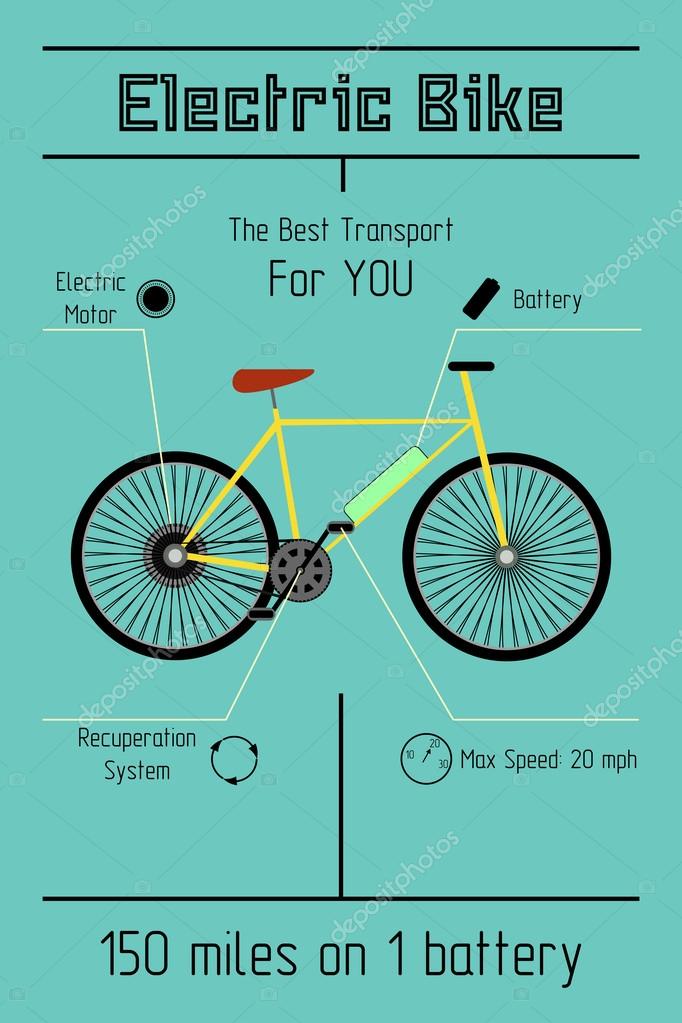A Newbie'S Resource On E-Bike Legalities And Laws In Your Community
A Newbie'S Resource On E-Bike Legalities And Laws In Your Community
Blog Article
Posted By-Spivey Braun
Before you hop on your e-bike and struck the streets, it's essential to comprehend the legislations and guidelines that control your city. From speed limitations to assigned riding areas, there's a lot to take into consideration to guarantee you're compliant and secure. By familiarizing yourself with the regulations particular to e-bikes, you'll be much better geared up to appreciate your rides with no unforeseen legal problems. Stay tuned to find vital understandings that will certainly assist you navigate the e-bike landscape in your city effortlessly.
Understanding E-Bike Category
When it involves navigating the world of e-bike regulations and laws, an important starting factor is comprehending the classification system that classifies these electric bikes. E-bikes are commonly identified into three main categories: Class 1, Course 2, and Course 3.
Course 1 e-bikes are pedal-assist only, implying they supply help while the biker is pedaling and have a maximum speed of 20 mph. These bikes are allowed locations where standard bikes are allowed.
Class 2 e-bikes are equipped with a throttle that can drive the bike without pedaling. They also have a maximum speed of 20 mph and appropriate for riders who may need support without pedaling continuously.
Course 3 e-bikes resemble Course 1 yet with a greater maximum speed of 28 mph. These bikes are typically restricted from particular bike courses or trails because of their higher speeds.
Recognizing these categories is important for following local policies and guaranteeing a risk-free and pleasurable e-biking experience.
Navigating Rate Limitations and Restrictions
To efficiently browse e-bike legislations and guidelines, it's essential to understand the rate limits and limitations that apply to various classes of electric bikes.
view it for e-bikes vary depending upon the category of the bike. Class 1 e-bikes, which are pedal-assist just and have a maximum speed of 20 miles per hour, are generally enabled on bike lanes and paths.
Class 2 e-bikes, which have a throttle along with pedal-assist and additionally reach rates of approximately 20 mph, may be restricted in particular areas where motorized vehicles aren't permitted.
Course 3 e-bikes, with pedal-assist up to 28 miles per hour, are typically required to adhere to the same policies as typical bikes.
It is very important to adhere to these speed restrictions and limitations to guarantee your security and the security of others on the road. Before riding your e-bike, familiarize on your own with the particular regulations in your city to avoid any potential fines or legal issues.
Where to Trip Your E-Bike
To establish where you can ride your e-bike, it's vital to understand the guidelines and guidelines details to your area. In most locations, e-bikes are typically permitted on roadways and roads where standard bicycles are permitted. This might consist of bike lanes, bike courses, and shared roads. Nonetheless, it's essential to check neighborhood laws as some cities might have specific restrictions on where e-bikes can be ridden.
When riding electric balance bike -bike, constantly prioritize safety by following traffic rules and respecting pedestrian pathways. Additionally, be mindful of any kind of designated bike lanes or paths in your area and use them whenever feasible to make sure a smoother and much safer trip.
Some cities likewise have laws relating to e-bike usage on sidewalks, so ensure to familiarize yourself with these guidelines to stay clear of any kind of fines or fines.
Verdict
Since you know with the legislations and laws surrounding e-bikes in your city, you can with confidence hit the trail understanding where you can ride and what limitations apply to your e-bike category. Remember to constantly focus on safety and follow the policies to make certain a smooth and legal trip. Satisfied riding!
